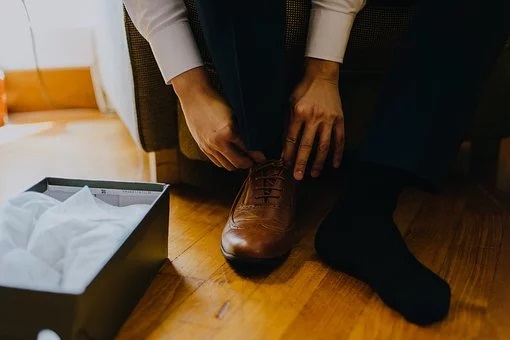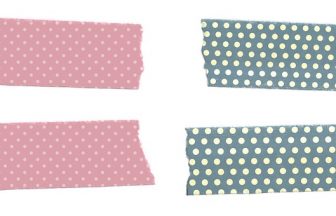「着る」|「dress」「put on」「wear」「have … on」「get dressed」の違いと使い方
日本語の「着る、着ている」は「着る動作」と「着ている状態」の両方を表す語。英語では言葉の使い分けが必要。
「着る」|「dress」は上から下まで服を着る「動作」
dress は外出するときのように上から下まで服を着ることを表す語。「着る」という動作に着目する。
お母さんが赤ん坊に、
The young mother dresses her baby in cute clothes. (その若いお母さんは赤ちゃんにかわいい服を着せています)
いつものスーツ
He dressed himself in his habitual dark suit at the party. (彼はパーティーでいつものダークスーツを着た)
子供が大きくなると、
My son is old enough to dress himself. (息子はもう自分で服を着られる年齢です)
「着る」|「put on」は個々の服を着る「動作」
put on は個々の服を着ることを表すときに使われる語。put on も dress と同様、「着る」という動作に着目する。
冬、寒いとき、
Put on your gloves. (手袋をはめなさい)
急ぎのときはご注意。
He was in a rush, and he didn’t notice that he had put his shirt on inside out. (慌てていたので、彼はシャツを裏表に着てしまったことに気がつきませんでした)
新品のシャツ
I put on a new shirt for the first time on New Year’s Day. (元旦に新しいシャツを下ろしました)
「着る」|「wear」は着ている「状態」
wear は着ているという「状態」を表すときに使われる語。
古着が人気
Recently a lot of young people like to wear used clothes. (近年古着を愛用する若者が多い)
趣味は人それぞれ
My uncle always wears outrageous ties. (叔父はいつも悪趣味なネクタイをしています)
※ outrageous「とっぴな」
あやしい男
An old man wearing dark glasses quickly walked away from the scene. (黒い眼鏡をかけた老人が足早にその場を立ち去りました)
「着る」|「have … on」は着ている「状態」
have … on も着ているという「状態」を表すときに使われる語。
お世辞の一つも時には必要
Those are very nice clothes you have on. (とても素敵なお洋服をお召しですね)
「着た切りすずめ」(着替えがなく同じ衣服を着たままでいること)
He has nothing to wear except the clothes he now has on. (彼は着た切りすずめです)
成人の日
A lot of young girls have on a kimono on Coming-of-Age Day. (成人の日、たくさんの若い女性が和服を着ています)
「着る」|「get dressed」は着る「動作」のくだけた言い方
get dressed は下着姿あるいは全裸の状態から服を身に着ける動作を表すときのくだけた表現。
お出かけ前に子供に言います。
Hurry up and get dressed. (早く着替えなさい)
小さな妹は、
My sister still can’t get dressed without someone’s assistance. (妹は誰かに手伝ってもらえないとまだ着替えができません)
朝は忙しい。
My brother gets dressed quickly, eat quickly, get ready quickly for going to school in the morning. (朝、兄はぱっと着替えぱっと食べ、ぱっと登校の支度をするんです)
まとめ|「着る」「dress」「put on」「wear」「have … on」「get dressed」
dress は上から下まで服を着る動作
put on は個々の服を着る動作
wear は着ている状態
have … on は着ている状態
get dressed は着る動作のくだけた表現











